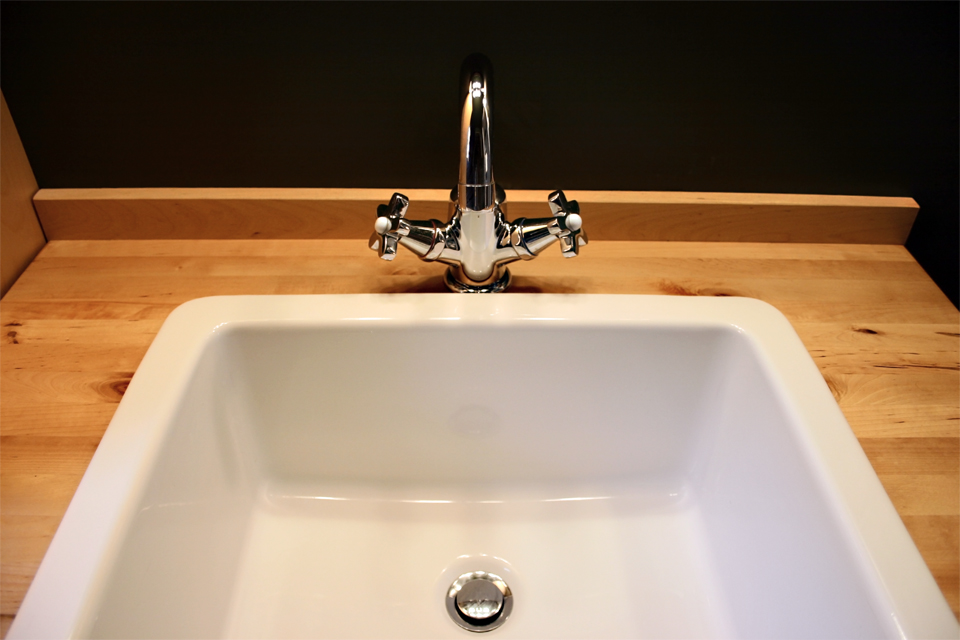Imagine walking into your home and taking a deep breath of fresh, clean air. It’s comforting, right? But what if that fresh air hides a silent invader that could harm your health and home? We’re talking about mold. For many homeowners, mold is a hidden menace lurking in places they least expect. This blog post will uncover the top six spots mold loves to hide in your home. We’ll provide practical tips on identifying and eliminating mold, ensuring your home remains a safe haven.
What is Mold?
Mold is a type of fungus that thrives in damp, warm environments. It reproduces through tiny spores that float through the air and can settle anywhere. While mold is essential in breaking down organic materials in nature, it becomes a problem when it starts growing indoors. Mold can cause various health issues, including allergies, respiratory problems, and skin irritations. Understanding mold and its behavior is the first step in preventing its growth in your home.
Why Mold Loves Homes
Mold finds homes irresistible due to abundant organic materials and moisture sources. It can grow on wood, paper, carpet, food, and insulation. Homes provide a perfect breeding ground for mold, especially in areas with poor ventilation. Additionally, everyday activities like cooking, bathing, and laundry contribute to higher moisture levels, making it easier for mold to thrive. By understanding why mold loves homes, you can take proactive steps to reduce its chances of settling in.
The Health Risks of Mold
Mold exposure can cause various health issues, particularly for individuals with allergies, asthma, or weakened immune systems. Common symptoms include sneezing, coughing, eye irritation, and skin rashes. In severe cases, mold exposure can lead to more serious respiratory problems and infections. Homeowners must know these risks and immediately act if they suspect mold growth. Protecting your health and the health of your loved ones should always be a top priority.
Identifying Mold in Your Home
Identifying mold early can save you from costly repairs and potential health hazards. Mold often appears as black, green, or white spots and can have a musty odor. It thrives in areas with high humidity, such as bathrooms, kitchens, basements, and attics. Regular inspections and being mindful of changes in your home’s appearance or smell can help you catch mold early. It’s always best to consult a professional for an accurate assessment if you need clarification on whether you’re dealing with mold.
To be a mold detective, you must know the top six spots mold makes its home. Check this list to see places you may have missed:
- The Bathroom. Yes, it’s the most common, but are you checking all the spots in the bathroom? Toilet seals, wet walls, shower curtains, and beneath sinks are well-known spots, but it’s the shower where things can get grimy. To keep mold from penetrating the tiles, you must ensure your caulking and grout are in good shape. Otherwise, water can seep in and make a new home for mold.
- The Kitchen. Monthly, check under the sink, behind the fridge, and around the dishwasher. A quiet leak in any of these areas will increase the odds of a mold problem.
- The Basement or Crawlspace. Darkness? Check. Proximity to the earth? Check. Are they hidden from view? You betcha. If basements flood or older homes have poor drainage and ventilation of the crawlspace, mold can take hold.
- The Windows. As temperatures fluctuate, condensation can build up here, and spores hanging around can gradually take hold and bloom into a black, spotty mess. This is especially true if the windows are shaded or routinely covered by curtains.
- The Drywall. Here’s a hidden killer in the mold battle. Water can promote mold growth when it gets into the materials that make up drywall. To cure this problem, you often have to remove considerable sections of drywall to identify and remove the mold. Your nose is your best guide here.
- The Carpet. Much like drywall, carpet can hold mold and need to be replaced. The underside of the carpet hides much of the visible mold, and the culprits contributing to the cause include flooding, moisture from concrete foundations, or spills.
I enjoy every aspect of helping individuals buy and sell homes, even if it is dealing with mold! If you have questions or are ready to move, contact me at (928) 916-1921.
Trent Beaver
(928) 916-1921


 Facebook
Facebook
 X
X
 Pinterest
Pinterest
 Copy Link
Copy Link


